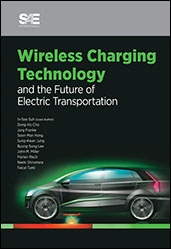Technical Paper
“Living and Mobility” - Minimization of the Overall Energy Consumption by Using Synergetic Effects and Predictive Information
2012-04-16
2012-01-0496
Issues relating to the reduction of CO₂ emissions and energy consumption are currently more important than ever before. In the construction engineering and automotive sectors research and development efforts are focused closely on efficient buildings and automobiles. The designated target is a reduction in greenhouse gas emissions and overall energy demand. However, almost all approaches focus solely on either "buildings" or "mobility." By considering both aspects as a single holistic system, further energy saving potential arises due to synergetic effects. The goal of current research projects relating to Smart Homes and Vehicle to Building (V2B) is to smooth the electrical load profile on a household level rather than to reduce the individual-related total energy consumption and thereby the CO₂ emissions.



